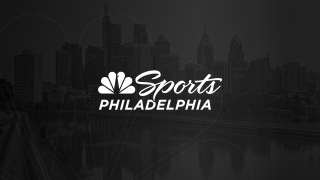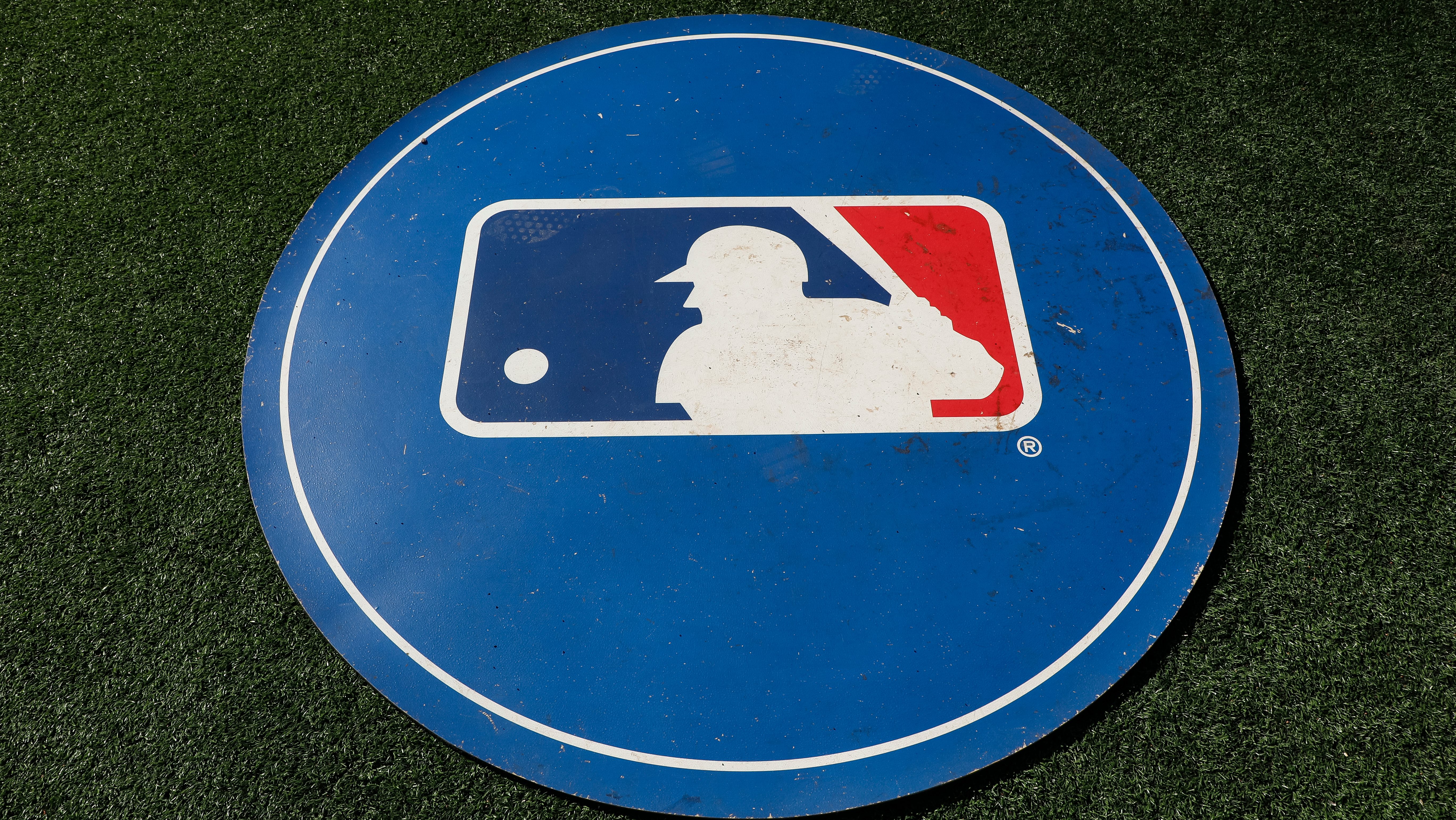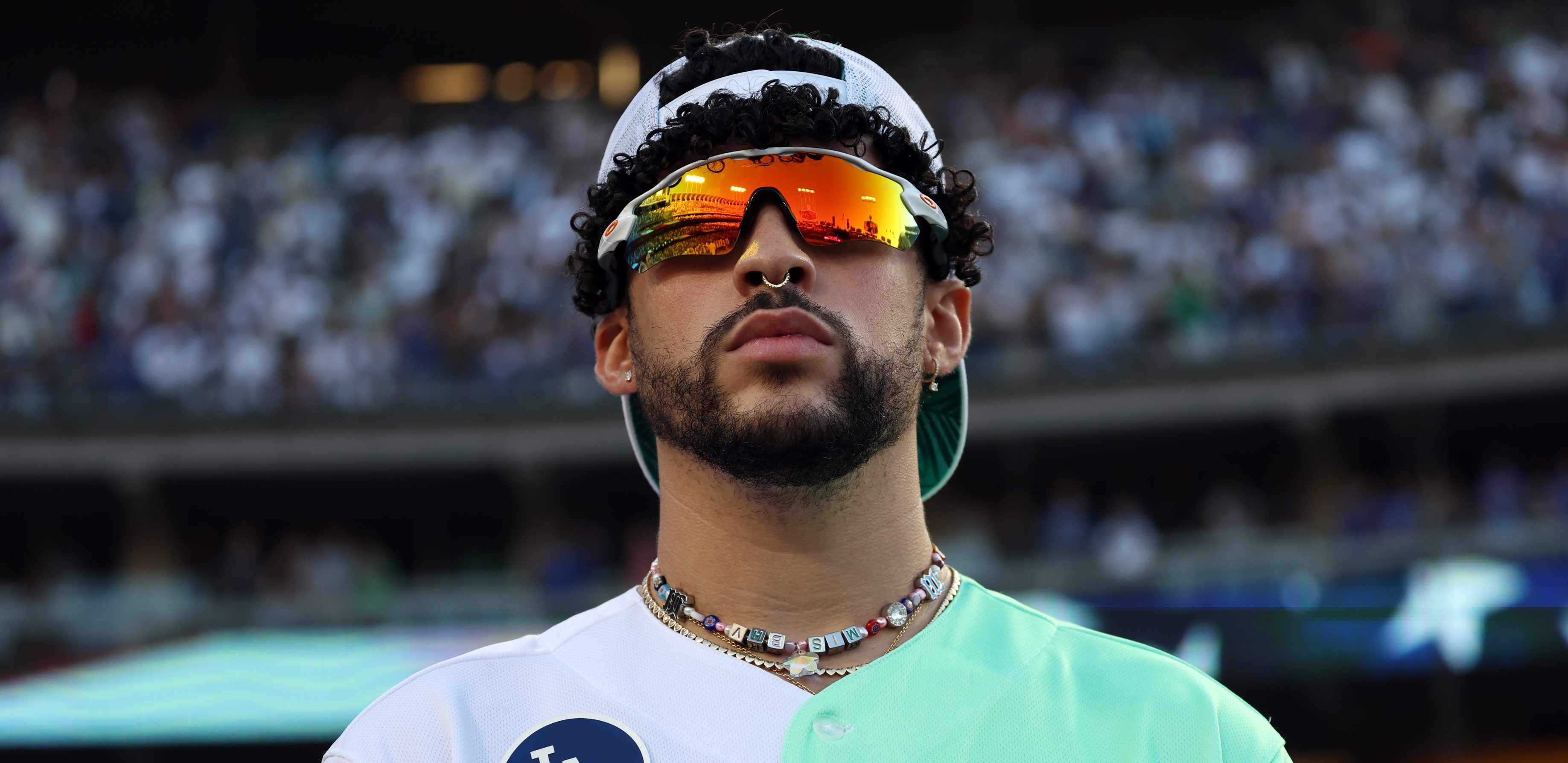
Disclaimer: Unless you enjoy pain or are not a Phillies fan, this will not be a fun read.
Ruben Amaro Jr. is out as Phillies GM. The organization opted against extending his contract, which expires after the season. Andy MacPhail takes over as Phillies president after the season and will hire the next GM, but in the meantime assistant GM Scott Proefrock will fill in as interim general manager.
There are many reasons for Amaro's ouster. His demise was not sudden, it was gradual.
Did Amaro do some good things as Phillies GM? Sure. This summer's trades of Cole Hamels, Chase Utley and Ben Revere look promising. He sold high on J.A. Happ. He sold high on Vance Worley. He didn't give up much at all to acquire aces Cliff Lee and Roy Halladay. Under his watch, the Phillies drafted Aaron Nola, signed Maikel Franco and discovered Odubel Herrera.
But the bad outweighed the good, and Amaro made a series of blunders that looked bad at the time and turned out even worse.
Here are the five worst moves he made as Phillies GM. Keep in mind this list does not include items requiring revisionist history. Who would have known Halladay and Lee would contribute little in their final two years under contract? There was no evidence in 2011 that Halladay would fall off a cliff in 2012, and Lee had been a durable pitcher for quite a while before suffering a debilitating elbow injury.
1. The Cliff Lee trade to Seattle
Amaro will forever be linked to Lee, who he acquired in the summer of 2009, traded in the winter of 2009 and re-signed in the winter of 2010.
MLB
The trade of Lee to Seattle was both unnecessary and rushed. There's some thought that it was not just Amaro's call, that he faced pressure to restock a barren farm system. But even if that's the undisputed truth, Amaro rushed the trade and got so little in return for an ace coming off a great year.
Lee was traded to Seattle on Dec. 16, 2009, the same day the Phillies acquired Halladay. Fans didn't even get a chance to dream of a Halladay-Lee-Hamels-led rotation.
The most cringeworthy aspect of that Lee trade was that it didn't seem like Amaro fielded offers from around the league. The timing of it made it seem like he jumped at the first decent offer. You better believe that if 29 other teams knew Lee was available (and for a manageable pricetag of $9 million before he hit free agency), offers would have been more competitive and the Phils' leverage would have increased.
But Amaro dealt with the Mariners and paid dearly. The three prospects the Phillies acquired were all low-level minor-leaguers. Amaro would say six years later that he learned from that mistake that when trading a star, players closer to the majors are better bets.
Phillippe Aumont, Tyson Gillies and J.C. Ramirez did nothing for the organization. At various points over the next six seasons, the Phillies had holes in the rotation, bullpen and outfield, and none of them had progressed enough to help.
I still firmly believe that the Phillies would have won it all in 2010 had they kept Lee.
2. The second Hunter Pence trade
This could be 1B if the Lee trade was 1A, because both moves were equally atrocious.
A year after trading their best hitting prospect (Jonathan Singleton), best pitching prospect (Jarred Cosart) and an intriguing outfielder with power (Domingo Santana) for Pence, the Phillies traded him to the Giants for 10 cents on the dollar.
Amaro bought high on Pence and sold low a year later.
It made no sense because the Phillies at that point were not committed to rebuilding and had so little outfield depth to replace Pence and Shane Victorino, who was traded to the Dodgers that same morning.
Since the trade, Pence has hit .272 with a .783 OPS for the Giants and been an instrumental part of two World Series-winning teams. He hit .444 with four extra-base hits, five RBIs and seven runs in the seven-game World Series the Giants won over the Royals last year.
Pence hit .324 during the second half of 2011 with the Phillies. He was great. He was the missing piece of a team that won 102 games before suffering a crushing NLDS loss to the Cardinals.
But the next season, with Ryan Howard and Chase Utley sidelined with injuries, Pence's bat wasn't big enough to carry the team. That shouldn't have surprised anyone because Pence wasn't and never has been a superstar. He's a very good player, a second or third offensive piece, a five- or six-hole hitter.
The Phillies apparently didn't want to be the team that paid Pence $90 million in free agency. But at the time he was traded to the Giants, he was under contract for another 1½ seasons. Unless the Phils were wowed, they could have traded Pence that winter or at the following trade deadline and still gotten some value.
Instead, they traded 1½ years of Pence for a package that looks (and looked) worse than most deals for two-month rentals. The Phillies got catcher Tommy Joseph, veteran outfielder Nate Schierholtz and reliever Seth Rosin.
The concussions Joseph went on to suffer could not have been predicted, but it's not like he was some can't-miss prospect. He was a catcher who hadn't played a full season above Single A. He had 22 homers at High A in 2011, but did it with a low batting average and low on-base percentage. Passed balls were a problem.
What made things even more confusing was the Phillies' non-tender of Schierholtz that ensuing winter. They still lacked outfield depth. Schierholtz played pretty well during the second half of 2012 when he was healthy. It just made no sense. And Schierholtz went on that season to hit 21 homers and post a .770 OPS for the Cubs while the Phillies played Delmon Young.
Terrible.
3. The Ryan Howard extension
If any move perfectly exemplifies the stagnant thinking used by the Phillies' front office as the Golden Era began to close, it was the five-year, $125 million contract extension they gave Howard even though signs of decline were setting in.
All they had to do was look to recent history of first basemen with Howard's body type and skill set to realize those players do not age well.
Howard still had two years left on a three-year contract when the Phils extended him. They signed him early to have some peace of mind at first base, and because it theoretically saved them some more money than signing him in free agency would have. At the time, Howard, Albert Pujols, Prince Fielder and Adrian Gonzalez were all set to hit free agency at the same time.
Howard's decline was accelerated by the unfortunate Achilles tear, but even before it, his OPS had fallen nearly 100 points from the previous season. And in the 2011 regular season before that injury, he hit .253 and was down to the low-30s in home runs.
Plus, the line of thinking that you need a high-priced first baseman is outdated. Teams no longer feel the need to pay for a one-dimensional slugger. Look at the contenders across the NL. Lucas Duda is no star. Neither is Brandon Moss of the Cardinals, or Matt Adams before him. The Pirates don't have a true everyday first baseman. The Cubs and Dodgers have stars at 1B, but only the Dodgers are paying market value for theirs. The Giants won it all last season with Mike Morse getting a lot of time at first base.
Even worse than the Howard contract was the organization's unwillingness to admit the cost was sunk and stop playing him. He's been a liability on the bases and defensively for years. He hits lefties like a pitcher. Howard did some historic things, but the past is the past and any athlete knows that. It's not his fault he was paid a ton of money for past performance. It's Amaro's fault.
4. The Jonathan Papelbon contract
Another doozy.
Look, there's no disagreeing with Amaro's rationale during that winter of 2011. The Phillies looked poised to be one of the best teams in baseball again in 2012, and Amaro wanted to protect his elite starting staff with an elite closer. Understandable.
What was not understandable was the contract given to Papelbon. At four years, $50 million, it was the largest contract ever awarded to a closer. But it didn't end there. It also included an easily attainable 2016 vesting option that pushed the deal to $63 million. It also included a 17-team no-trade clause. Both of those aspects of the deal made Papelbon nearly untradeable.
The Amaro Era was littered with no-trade clauses, vesting options and pricy buyouts. Those are three things the next regime will surely reconsider handing out as easily as Amaro did.
I went back and looked at years and years of buyouts and could not find one more expensive than the $10 million buyout on Howard's contract or the $12.5 million buyout on Lee's current deal.
5. Amaro's recent comments
This is not a trade or a signing, but it was also a bad move by Amaro. Last winter, he publicly said the Phillies would probably be better off without Howard than with him, a statement that served no purpose whatsoever. It was refreshing to hear the honesty, but it hurt Howard's already low trade value and had to feel like a slap in the face to the player.
Then in late May, Amaro said fans "don't understand the game." I'll be honest, I did not find much wrong with that comment because I knew what Amaro meant. He just worded it so poorly. The comment was made in regard to fast-tracking prospects. Amaro was trying to say that fans do not understand the complexity of developing a player and setting a timeline for his advancement. That's true. Writers, observers, pretty much anybody not in player development can't understand that process as well as front office-types.
But Amaro is smart enough to know that comment would be boiled down to those five harsh words: "They don't understand the game." Even though he was probably right about his overall point, there were many softer ways to phrase what he felt.
Honorable mention: The Miguel Alfredo Gonzalez deal, failed early draft picks, the Carlos Ruiz three-year extension.


